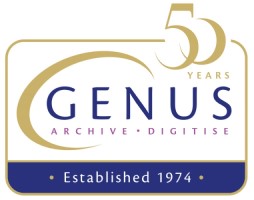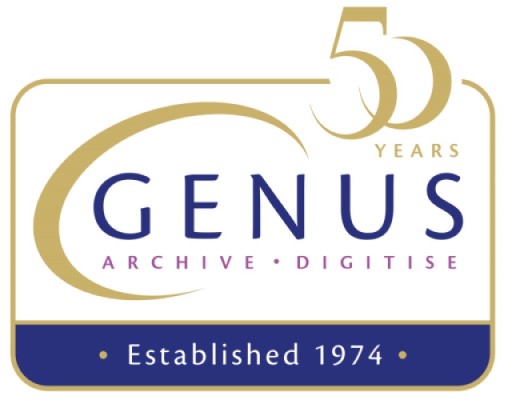In October 2010, Genus took the book2net Kiosk for a free on-site demonstration at the BP Archive in Warwickshire. The main reason for this demonstration was to allow the archives the opportunity to trial some of their books, documents and objects on-site and speak to our team on the various applications the Kiosk can cover. Satisfied with the demonstration and confident that the Kiosk would be beneficial to their service we installed a book2net Kiosk in December 2010.
We interviewed the BP Archive Manager, Peter Housego, on their reasons for choosing the Kiosk and how it has enhanced their service.
What is the BP Archive?
The BP Archive primarily contains the history of BP, since the fi rst concession was granted to William Knox D’Arcy in 1901 for the exploration for oil in Iran. It documents the history of the company through its many names up to the present day BP plc. We also hold materials relating to BP associated companies, such as the Iraq Petroleum Company, the Kuwait Oil Company, The Burmah Oil Company, Castrol Limited and the history of the shale oil industry in Scotland.
The oldest document we hold is a book entitled: Historia Compendiosa Dynastiarum (Short History of the Dynasties) published in 1693 and donated to the company library by Professor Sir Granville Bantock (19th/20th British composer)
What is the nature of the service you provide?
We provide scanning services for two client bases. Our key work is for BP internally, around the world and includes provision of scanned images of photographs, along with original documents from the Archive collection. As we are also open to third party researchers for the period up to 1976, we provide copying services (which used to be photocopying, but which we now provide as scans). We believe scanning is important as it allows us to create a digital collection from the main archive, which helps to reduce the exposure of original documents to damage when copying them. Scanned images are also easy to email around BP locations/operations or to third parties all over the world.
We primarily scan for internal BP users, but also for third party researchers and third party general enquiries (for personal use and also for use in published works of research).
We believe scanning is important as it allows us to create a digital collection from the main archive, which helps to reduce the exposure of original documents to damage when copying them.
 How did you come across the Kiosk?
How did you come across the Kiosk?
We were looking for details on book scanners as we have bound items which are difficult to scan on a flatbed. From the Society of Archivists magazine I identified from your advert that your company might have the type of equipment at the price range we felt would be beneficial to our needs.
What did you like about the Kiosk?
It looked simple to use, but also provided us a more complex software of the type we as a team were used to using. The ability to scan from a range of materials to a good standard 300dpi, which is our base standard for all documents scanned (photographs we scan to 600dpi as standard, but could accept 300dpi for many uses).
How has the Kiosk enhanced your efficiency I productivity?
The machine makes scanning from documents far quicker. Often researchers request a lot of scanning following visits. Joanne (BP Archive Assistant) was able to complete a large demand in about a quarter of the time it would have taken her on a flatbed scanner. My own personal case was an internal request for the contents of a file of minutes. On a flatbed I estimated I would spend about 1.5 hours a day for three days doing this work. With the Kiosk it took me 1.5 hours to complete the entire file. It presents us with a significant time saving, and by using the advanced software with this process, we have no additional work to undertake as everything is referenced in line with our standard processes.
“On a flatbed I estimated I would spend about 1.5 hours a day for three days doing this work. With the Kiosk it only took 1.5 hours to complete the entire file.”
Have you found other uses for the Kiosk since you’ve had it?
Due to the fact the Kiosk has a 12.5cm depth of field we have used it for the scanning of artefacts rather than using a digital camera. Again speeding up the process, as we attach digital photographs to our artefact entries on our database, to facilitate ease of retrieval.
Genus would like to thank Peter Housego for his contribution in creating this case study.




Comments are closed.